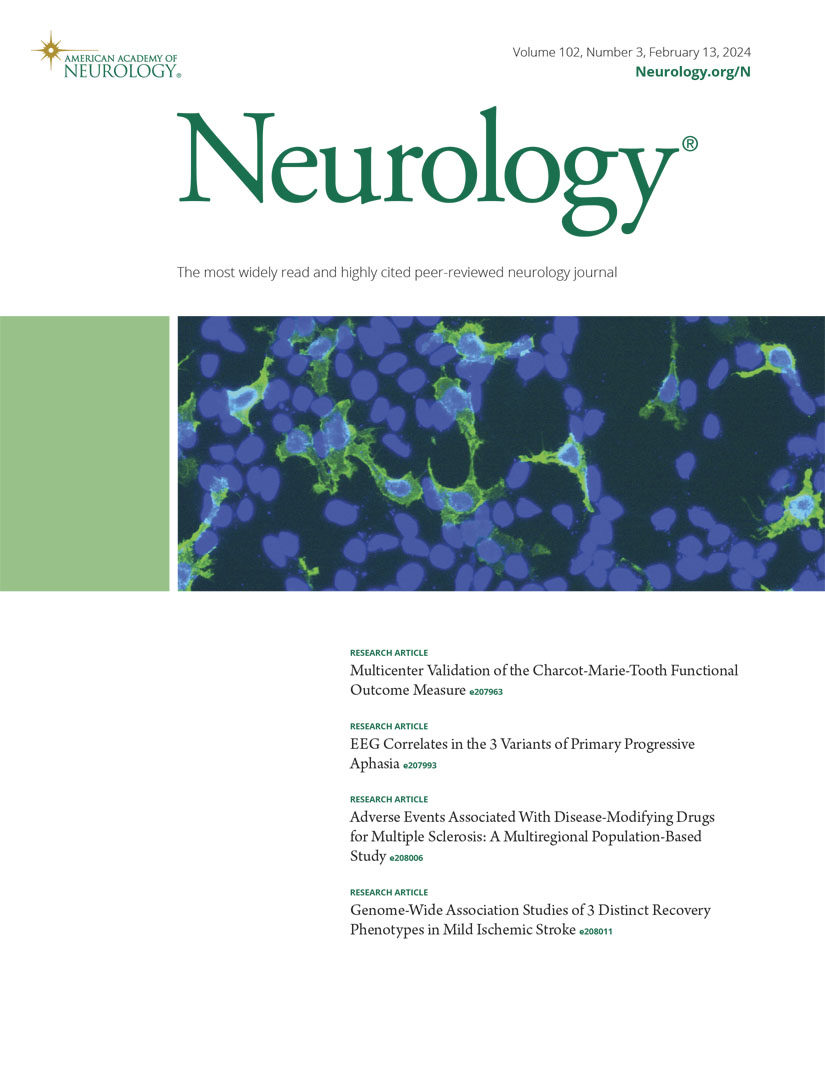The Cannon-Marañón Correspondence and the Autonomic Physiology of Emotion (1919-1936).
IF 7.7
1区 医学
Q1 CLINICAL NEUROLOGY
引用次数: 0
Abstract
Between 1919 and 1936, American physiologist Walter B. Cannon and Spanish physician Gregorio Marañón engaged in a sustained transatlantic correspondence that shed light on emerging ideas about the physiologic basis of emotion. Drawing on letters preserved at Harvard's Countway Library of Medicine and the Fundación Ortega-Marañón in Madrid, we examine how their dialogue bridged experimental physiology and clinical neuroendocrinology during a formative era in modern neuroscience. Cannon, widely known for introducing the concepts of "homeostasis" and the "fight-or-flight" response, saw in Marañón's clinical observations a compelling complement to his laboratory findings. In particular, Cannon repeatedly cited Marañón's work on the emotional effects of adrenaline, which distinguished between purely physiologic visceral reactions without subjective emotion ("cold emotion") and full subjective emotional states ("hot emotion"). This nuanced differentiation anticipated later cognitive and constructivist theories of emotion. Their exchange helped shape foundational concepts in affective and autonomic neuroscience by linking internal affective states to neuroendocrine mechanisms and observable bodily responses. These ideas would later cohere in Cannon's The Wisdom of the Body (1932), where traces of their correspondence are evident. Beyond their scientific importance, the Cannon-Marañón letters offer a rare window into the international and interdisciplinary networks that shaped biomedical thought in the early 20th century. It also reflects broader commitments because both men had a relevant political involvement. By recovering this epistolary exchange, we shed light on an overlooked chapter in the history of neuroscience and the enduring value of scientific dialogue.Cannon-Marañón对应和情绪的自主生理学(1919-1936)。
1919年至1936年间,美国生理学家沃尔特·b·坎农(Walter B. Cannon)和西班牙医生格雷戈里奥(Gregorio Marañón)进行了持续的跨大西洋通信,阐明了有关情感生理基础的新兴观点。根据保存在哈佛大学Countway医学图书馆和马德里Fundación Ortega-Marañón的信件,我们研究了他们的对话是如何在现代神经科学的形成时期将实验生理学和临床神经内分泌学联系起来的。坎农因引入“体内平衡”和“战斗或逃跑”反应的概念而广为人知,他在Marañón的临床观察中看到了对他的实验室发现的有力补充。特别是,Cannon反复引用Marañón关于肾上腺素对情绪影响的研究,该研究区分了没有主观情绪的纯粹生理本能反应(“冷情绪”)和完全主观情绪状态(“热情绪”)。这种细微的差异预示了后来的情感认知和建构主义理论。他们的交流通过将内部情感状态与神经内分泌机制和可观察到的身体反应联系起来,帮助塑造了情感和自主神经科学的基本概念。这些观点后来在坎农的《身体的智慧》(The Wisdom of The Body, 1932)一书中得到了印证,在这本书中,他们之间的联系非常明显。除了它们在科学上的重要性之外,这些Cannon-Marañón信件还提供了一个难得的窗口,让我们了解20世纪初形成生物医学思想的国际和跨学科网络。这也反映了更广泛的承诺,因为两人都有相关的政治参与。通过恢复这封书信的交流,我们揭示了神经科学历史上被忽视的一章,以及科学对话的持久价值。
本文章由计算机程序翻译,如有差异,请以英文原文为准。
求助全文
约1分钟内获得全文
求助全文
来源期刊

Neurology
医学-临床神经学
CiteScore
12.20
自引率
4.00%
发文量
1973
审稿时长
2-3 weeks
期刊介绍:
Neurology, the official journal of the American Academy of Neurology, aspires to be the premier peer-reviewed journal for clinical neurology research. Its mission is to publish exceptional peer-reviewed original research articles, editorials, and reviews to improve patient care, education, clinical research, and professionalism in neurology.
As the leading clinical neurology journal worldwide, Neurology targets physicians specializing in nervous system diseases and conditions. It aims to advance the field by presenting new basic and clinical research that influences neurological practice. The journal is a leading source of cutting-edge, peer-reviewed information for the neurology community worldwide. Editorial content includes Research, Clinical/Scientific Notes, Views, Historical Neurology, NeuroImages, Humanities, Letters, and position papers from the American Academy of Neurology. The online version is considered the definitive version, encompassing all available content.
Neurology is indexed in prestigious databases such as MEDLINE/PubMed, Embase, Scopus, Biological Abstracts®, PsycINFO®, Current Contents®, Web of Science®, CrossRef, and Google Scholar.
 求助内容:
求助内容: 应助结果提醒方式:
应助结果提醒方式:


